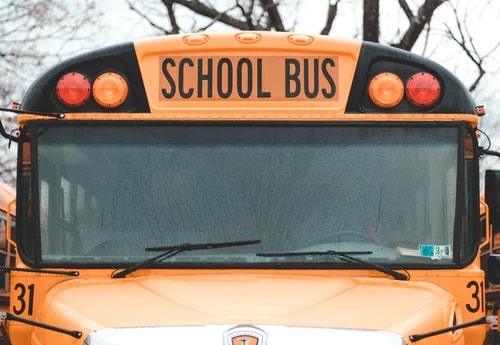Blog

Among the pandemic’s challenges is keeping students safe from Covid-19. Many students have been away from their peers, at home with parents dealing with health and economic challenges. Parents and children may be impacted by Covid’s symptoms. Below are highlights about entering the school year 2020 during a pandemic.
Learn from home
Some schools will stay remote. While there has been pressure from teachers’ unions not to risk teachers’ safety, there are additional concerns. With children at home, some parents are unable to work, adding economic strain, especially in lower income households. This is a challenging time as “children’s health and education experts acknowledge the educational, social and emotional benefits of in-person schooling. But they also realize that parents have to balance the positives of in-person school with the potential of students catching – and spreading – the virus.”
Mental health is also an issue. While we worry about contracting the virus, many are unable to deal with this challenging situation and that dynamic has led to violence in an alarming number of households. Along with not knowing the long-term health impact of Covid-19, we do not know how isolation will impact our society.
Going back to school
Parents should repetitively remind their children of the importance of school safety fundamentals: Wear a mask (an extra mask in the backpack). Social distancing. Frequent hand washing. Children need to know this is even more important than ever.
One challenge is the interruption of normal lives with social distancing and mask wearing. The virus does not spread according to personal schedules, and resilience is key. This may be hard for children to internalize, but parents must relay that message. Adults have learned life lessons they can share with their children to better prepare them for life.
How staff can stay safe
Teachers and support staff need to be kept safe and be monitored for symptoms. Unions have focused on teacher safety and school safety, but other workers, such as those in security and operations and bus drivers, are part of the education system.
Bus drivers will deal with the challenge of transporting children at 50% capacity to ensure safe distancing. Temperature checks will be needed as children board. As this article mentions steps taken in Florida, one of the hardest-hit states, “drivers in most districts are required to clean every seat after each ride. Brevard drivers also must count how many students ride on each trip, Logsdon said. She said that she believes the extra precautions make a big difference in her and the children’s safety.” Many drivers are older and thus more susceptible to COVID; extra precautions can be lifesaving.
All other safety is still relevant
The focus on COVID does not mean other forms of school safety and keeping your guard up should be thrown aside. In the recent Kenosha shooting, an armed high schooler took the law into his own hands. We may see that type of violence impact our schools. With violence shown in the media 24/7, copycats may appear, impacting streets as well as schools.
These are conflicted times for parents in the ‘new normal’ of working from home who also want their children to stay safe in a new routine. It may well be two steps forward, one step back as we learn how to manage our safety while trying to move ahead.
For additional resources and guidance, the Interfor team is here to help.

